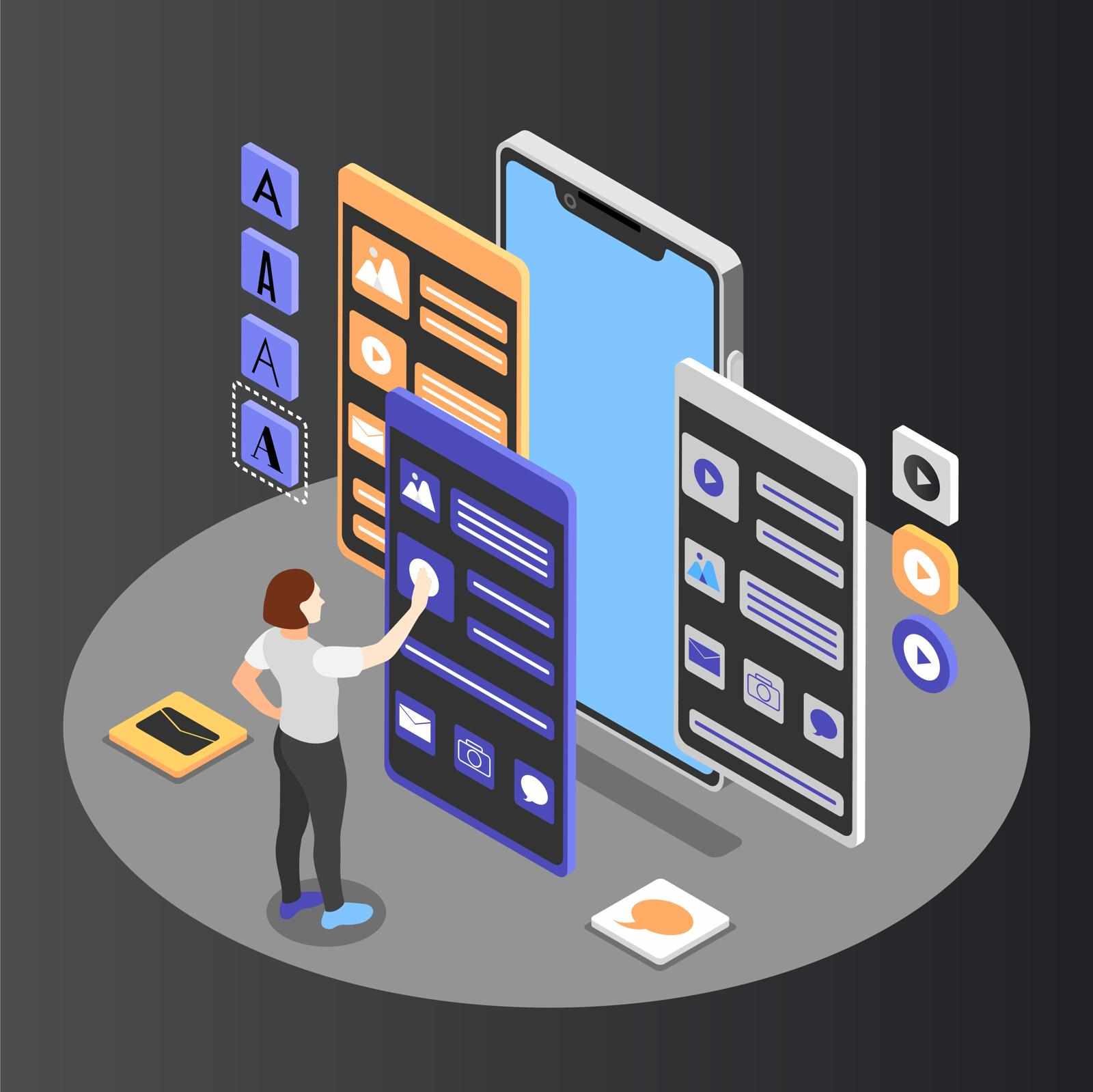
Telemedicine has revolutionized healthcare by making medical consultations more accessible and efficient. Platforms like Teladoc have set the benchmark for remote healthcare services, offering virtual doctor visits, mental health support, and chronic disease management. If you're a healthcare startup looking to develop a telemedicine app like Teladoc, this guide will walk you through the key steps, features, and considerations needed to build a successful platform.
Understanding Telemedicine App Development
A telemedicine app bridges the gap between patients and healthcare providers, allowing them to connect via video calls, chats, or phone consultations. These apps enable users to schedule appointments, receive prescriptions, and access medical advice from the comfort of their homes. Developing such an application requires careful planning, adherence to healthcare regulations, and integration of advanced technology.
Key Features of a Telemedicine App
To compete with leading telemedicine platforms like Teladoc, your app should incorporate essential features such as:
User Registration & Profile Management – Patients and doctors should have separate profiles with secure login options.
Appointment Scheduling – Users should be able to book, reschedule, or cancel appointments seamlessly.
Video & Audio Consultation – High-quality video and audio conferencing is crucial for remote consultations.
E-Prescriptions & Digital Records – Doctors should be able to prescribe medication and store patient records securely.
AI-Based Symptom Checker – An AI-powered symptom checker can provide preliminary guidance before connecting with a doctor.
Payment Integration – Secure payment gateways should be integrated for consultation fees.
HIPAA & GDPR Compliance – Ensuring data privacy and compliance with healthcare regulations is essential.
Multi-Language Support – Offering services in multiple languages helps reach a broader audience.
Technology Stack for a Telemedicine App
To develop a robust and scalable telemedicine app, selecting the right technology stack is critical. Here’s a recommended tech stack:
Frontend: React Native, Flutter (for cross-platform development)
Backend: Node.js, Ruby on Rails, or Python (Django)
Database: PostgreSQL, MongoDB
Video Conferencing: Twilio, WebRTC, Zoom SDK
Cloud Storage: AWS, Google Cloud
Security & Compliance: AES-256 encryption, HIPAA/GDPR compliance tools
Step-by-Step Development Process
Market Research & Planning – Identify your target audience, analyze competitors, and define your unique value proposition.
UI/UX Design – Develop an intuitive, user-friendly interface that enhances user experience.
App Development – Code the application, integrating essential features and third-party APIs.
Testing & Compliance – Conduct rigorous testing to ensure security, performance, and regulatory compliance.
Launch & Marketing – Deploy the app on app stores and execute a strong marketing strategy.
Ongoing Maintenance & Updates – Regularly update the app with new features and improvements.
Final Thoughts
Developing a telemedicine app like Teladoc requires a strategic approach, a strong development team, and compliance with healthcare regulations. With the right execution, your platform can provide accessible, high-quality healthcare solutions to millions.













Write a comment ...